Graphic design studio LucienneRoberts+ reimagines the display system at the Royal Academy
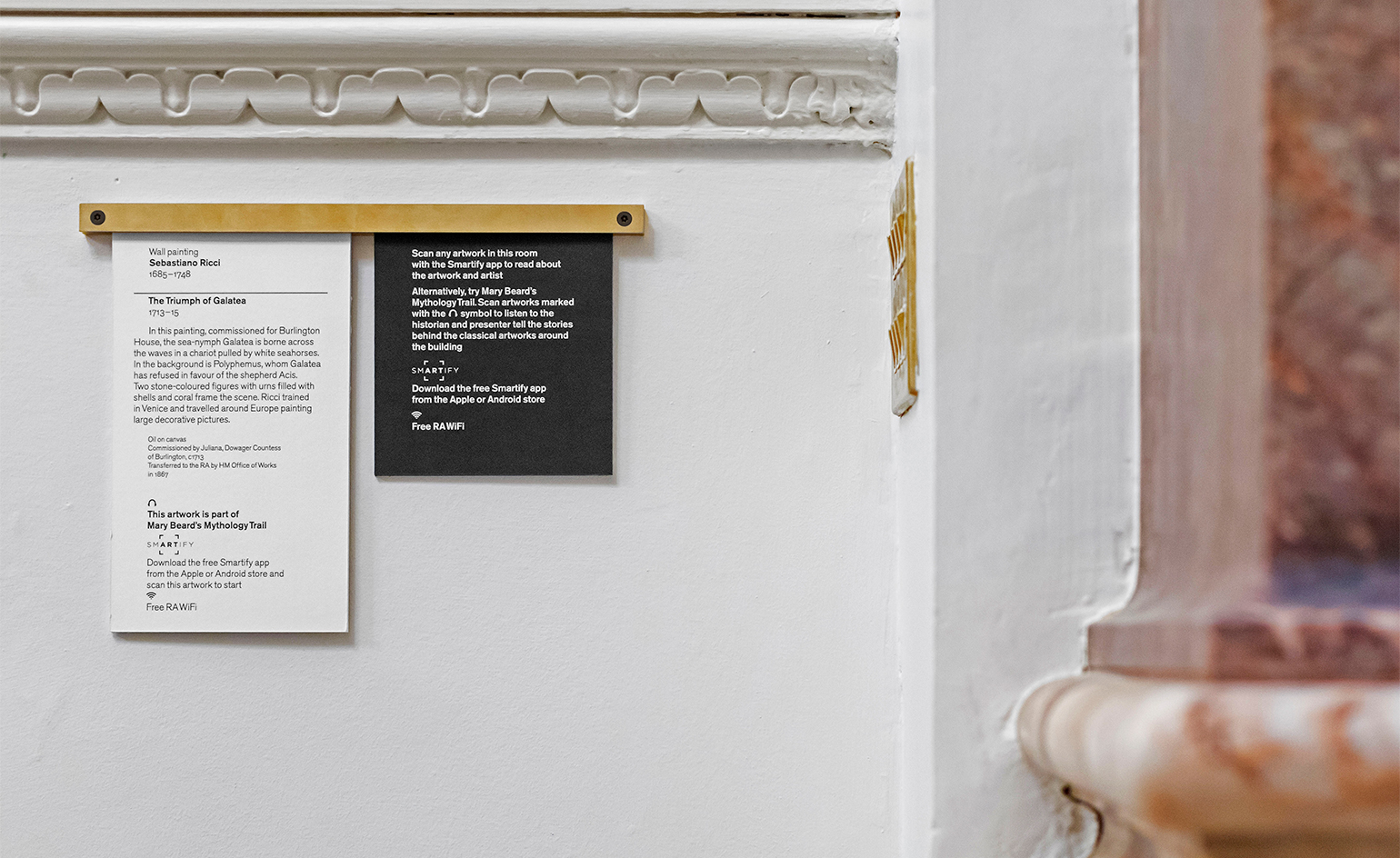
It’s an exciting year for the Royal Academy, as it celebrates its 250th anniversary – with David Chipperfield’s highly-anticipated redevelopment that includes a new bridge connecting Burlington Gardens and Burlington House, an auditorium, and redesigned galleries.
Chipperfield described the redevelopment project as ‘a masterplan made of small pieces.’ Perhaps one of the smallest details in that masterplan comes courtesy of London-based graphic design studio LucienneRoberts+, who has contributed to the historic 250th anniversary redesign with a small but very significant shift inside the Academy: a new system for free displays – of which there are many more in Chipperfield’s transformation.
With the aim of ‘drawing on the past – but in contemporary ways just as the RA does’, the studio approached the brief with both function and fun in mind – reflected in the results. They have done away with unattractive and often unintelligible labels, and come up with an easy-to-install idea that looks good while not stealing the viewer’s eye.
‘We developed a modular rod system that allows RA staff to change or reconfigure labels quickly and easily.’ LucienneRoberts+ explains. Their elegant, adaptable brass rods (brass was chosen as it’s ubiquitous in and around the RA, from door knobs to light switches) have several innovative touches, from their flexible positioning – they’re able to be hung horizontally or vertically, to respond to different kinds of artwork installations – to their two-point adhesion, meaning they can cope equally well with painted walls and the buildings’ historic bricks.
The labels that the rods will hold will be printed on luxuriantly thick card, made specially by GF Smith, using one of the RA’s house fonts, the Sans-Serif typeface Akzidenz-Grotesk. ‘We thought long and hard about using paper in some of the RA’s busiest spaces, but the schools’ early emphasis on drawing made it the right choice to complement to the brass.’
No matter the amount of information, the distinctive brass system will make interpretative labels throughout the galleries more cohesive and less cluttered. At the same time, the design of the rods makes it possible for several labels and labels of varying sizes to be hung side by side. While classic white is kept for object labels, they have taken a more experimental tack with the those introducing sections and subsections, with colours alluding to elements embedded in the architecture.
As advocates for graphic design that can distill complex ideas into accessible forms, these carefully crafted free displays prove why LucienneRoberts+ is leading the way in its field – and through the new RA.


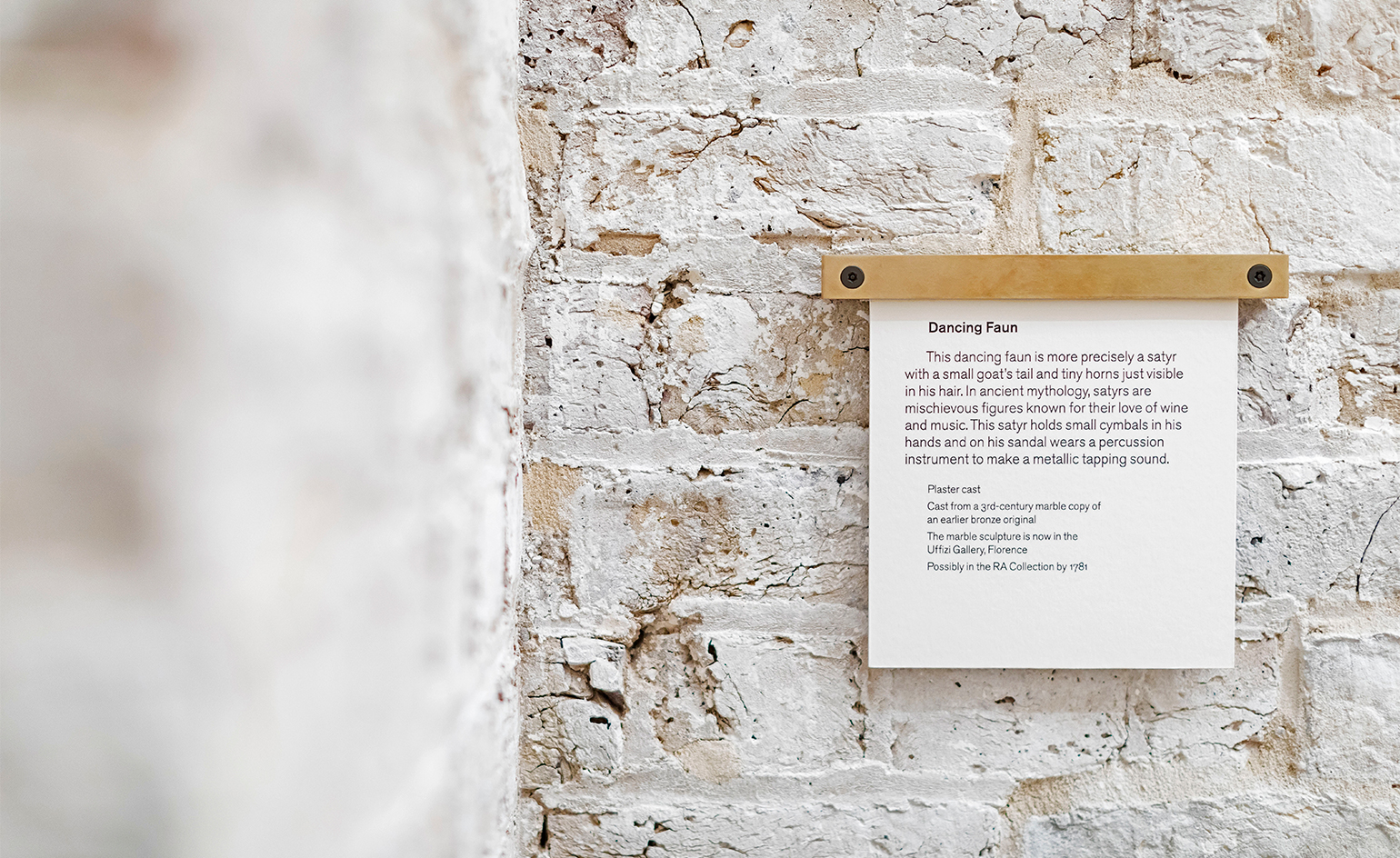
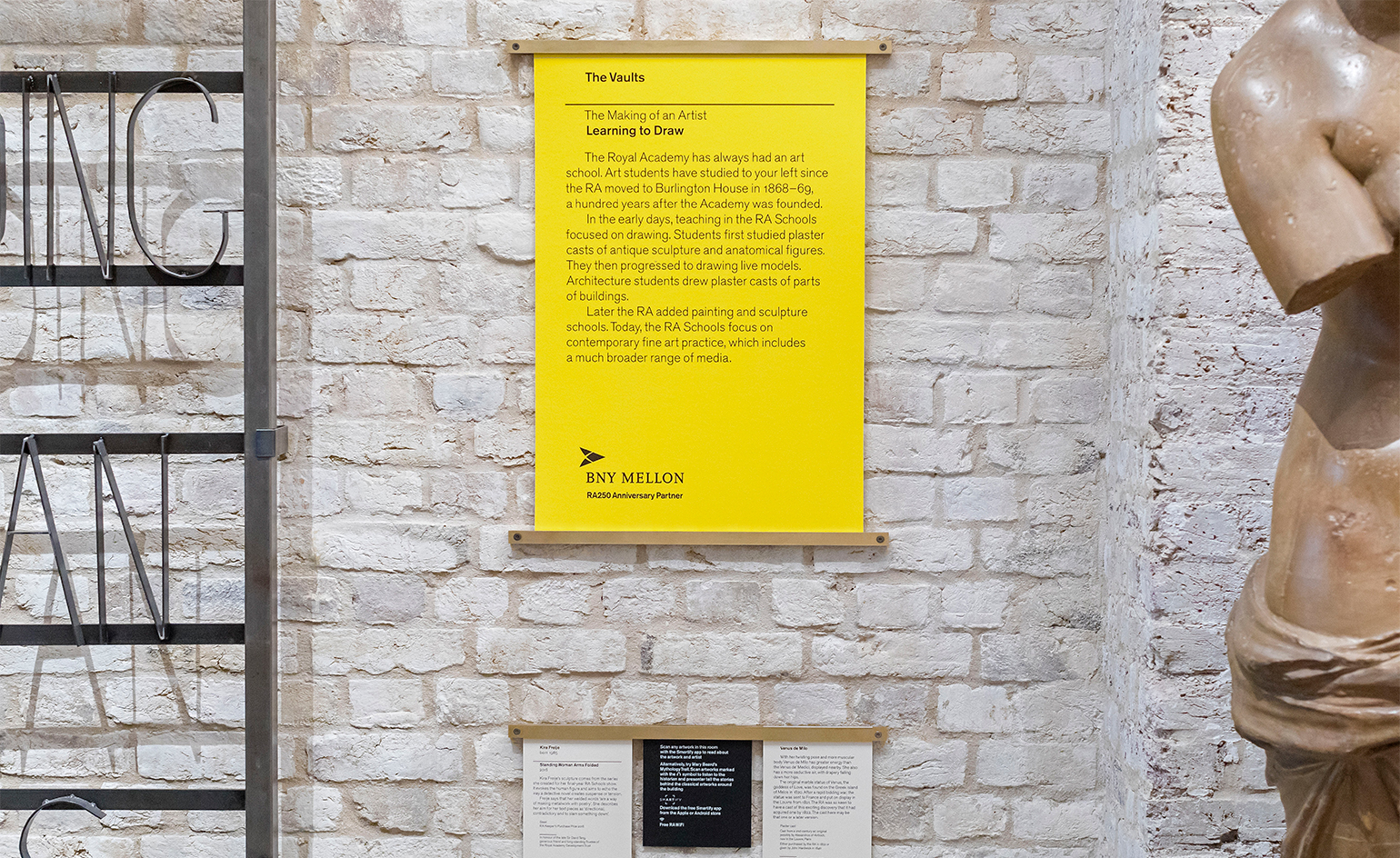
INFORMATION
For more information, visit the Royal Academy website and the LucienneRoberts+ website
Receive our daily digest of inspiration, escapism and design stories from around the world direct to your inbox.
Charlotte Jansen is a journalist and the author of two books on photography, Girl on Girl (2017) and Photography Now (2021). She is commissioning editor at Elephant magazine and has written on contemporary art and culture for The Guardian, the Financial Times, ELLE, the British Journal of Photography, Frieze and Artsy. Jansen is also presenter of Dior Talks podcast series, The Female Gaze.
-
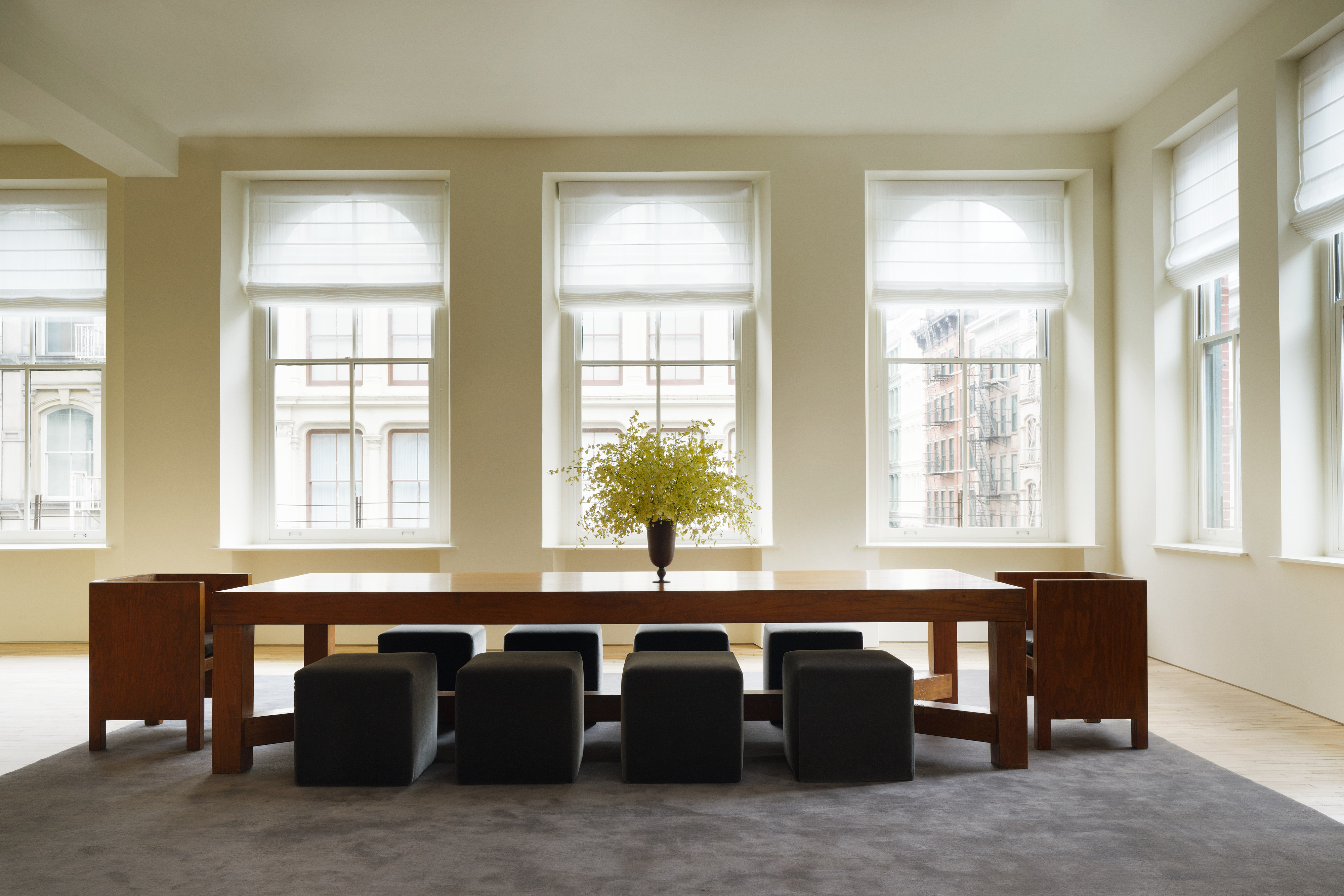 Tour Aflalo’s first retail space, a gallery-like studio in New York
Tour Aflalo’s first retail space, a gallery-like studio in New YorkLight-filled and elegant, Aflalo has opened its first retail space in a classic Soho loft, reimagined by Nordic Knots Studio
-
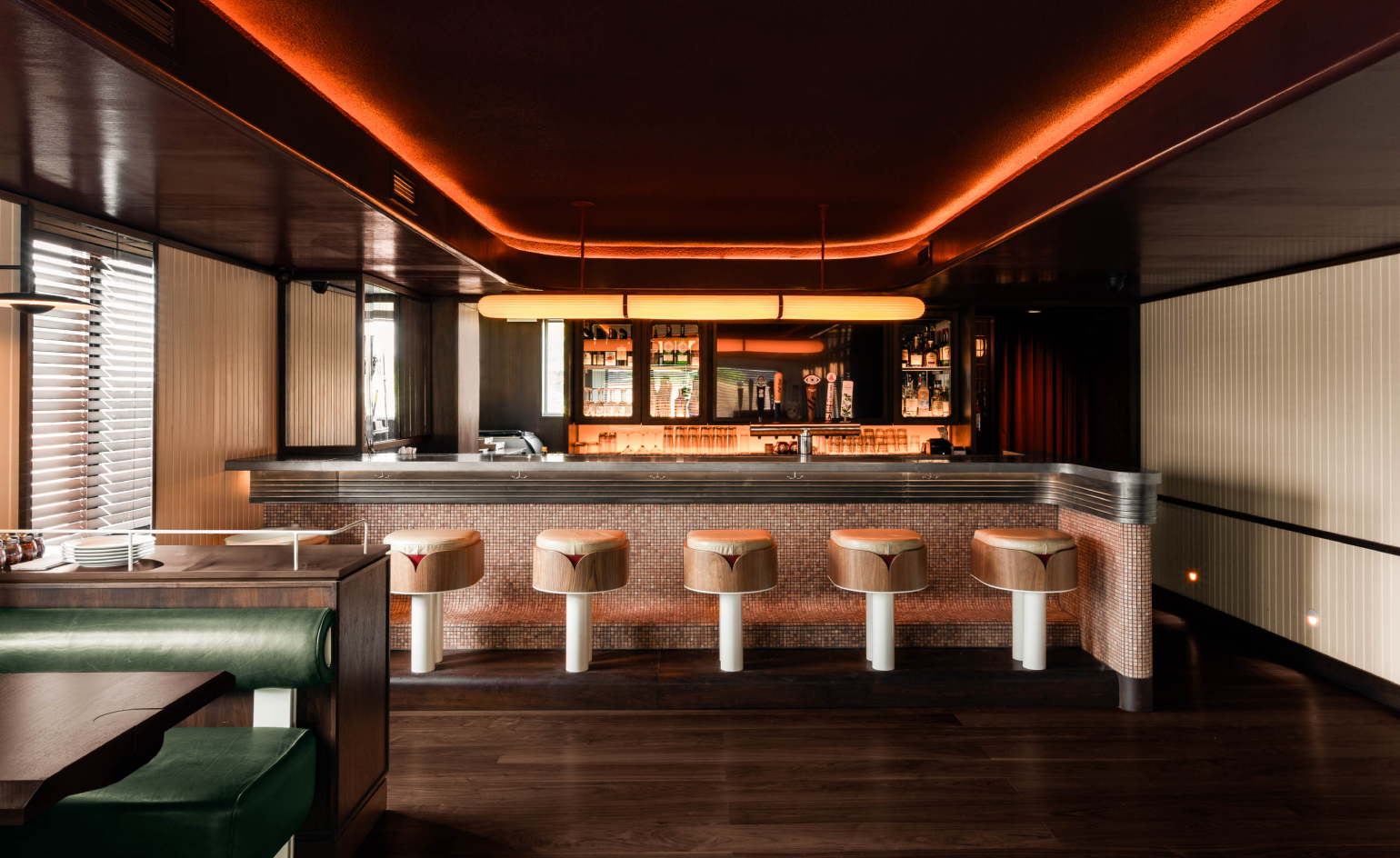 This Toronto pizzeria hides a sultry bar with serious bite
This Toronto pizzeria hides a sultry bar with serious biteNorth of Brooklyn unveils a fresh, two-level outpost where crisp, light-filled minimalism gives way to a warmer, neon-lit upstairs area
-
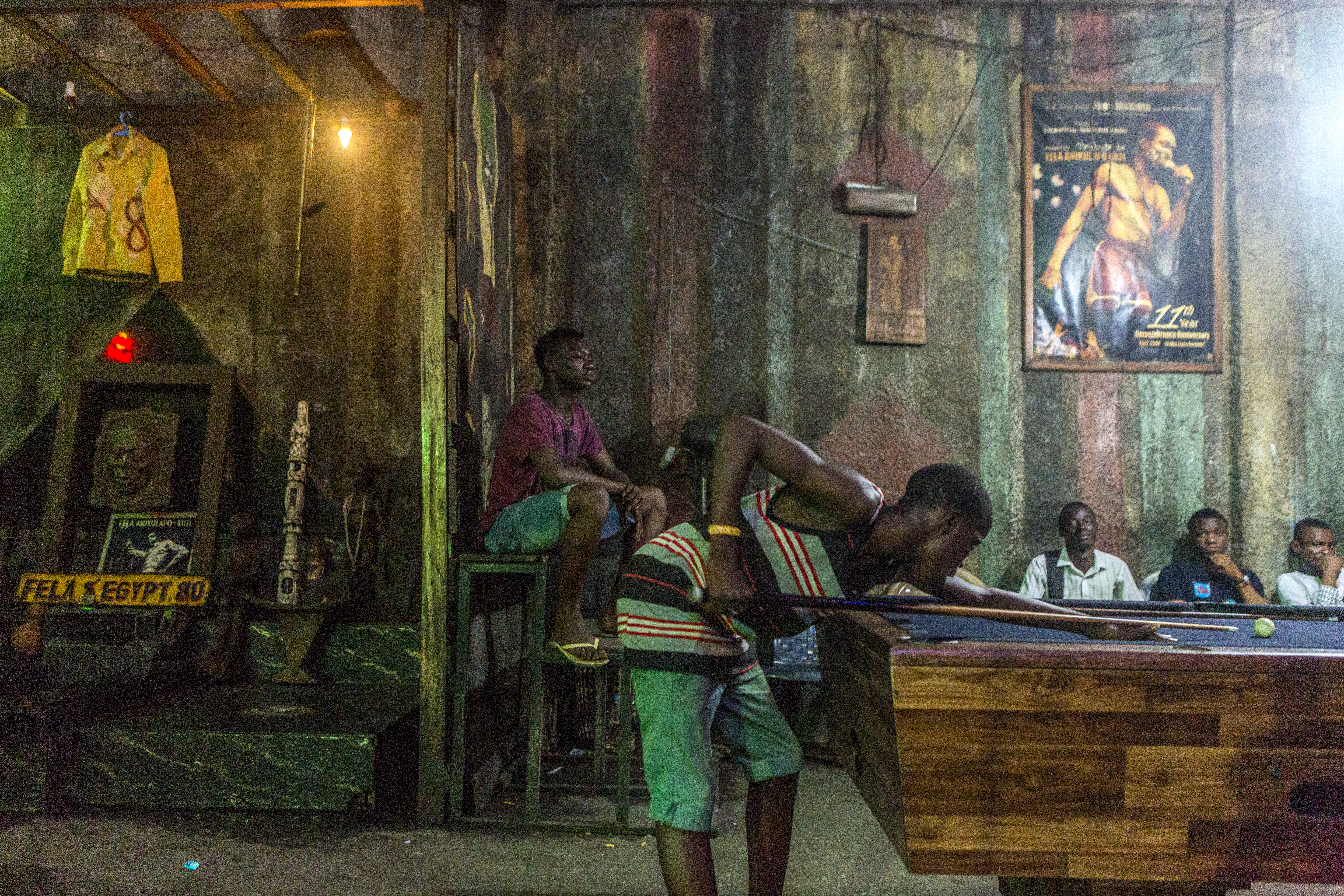 A Lagos exhibition celebrates Fela Kuti's defining sound
A Lagos exhibition celebrates Fela Kuti's defining soundAn exhibition, Afrobeat Rebellion, currently showing at the Ecobank PanAfrican Centre in Lagos, explores the life of Afrobeat father Fela Anikulapo-Kuti
-
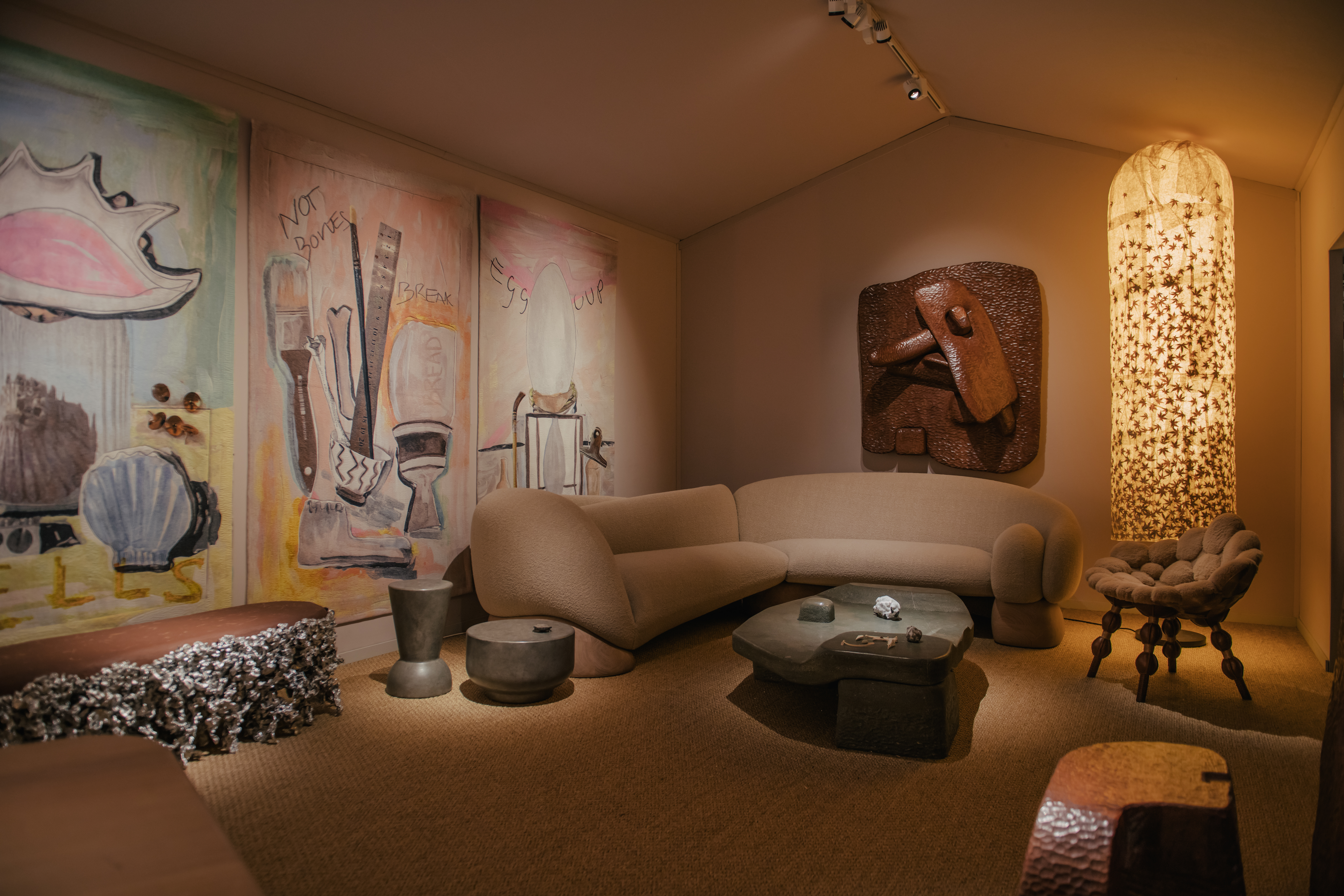 Step inside Faye Toogood's intimate cabinet of curiosities at PAD London
Step inside Faye Toogood's intimate cabinet of curiosities at PAD LondonFor PAD London 2025, (until 19 October) Faye Toogood presents The Magpie’s Nest with Friedman Benda
-
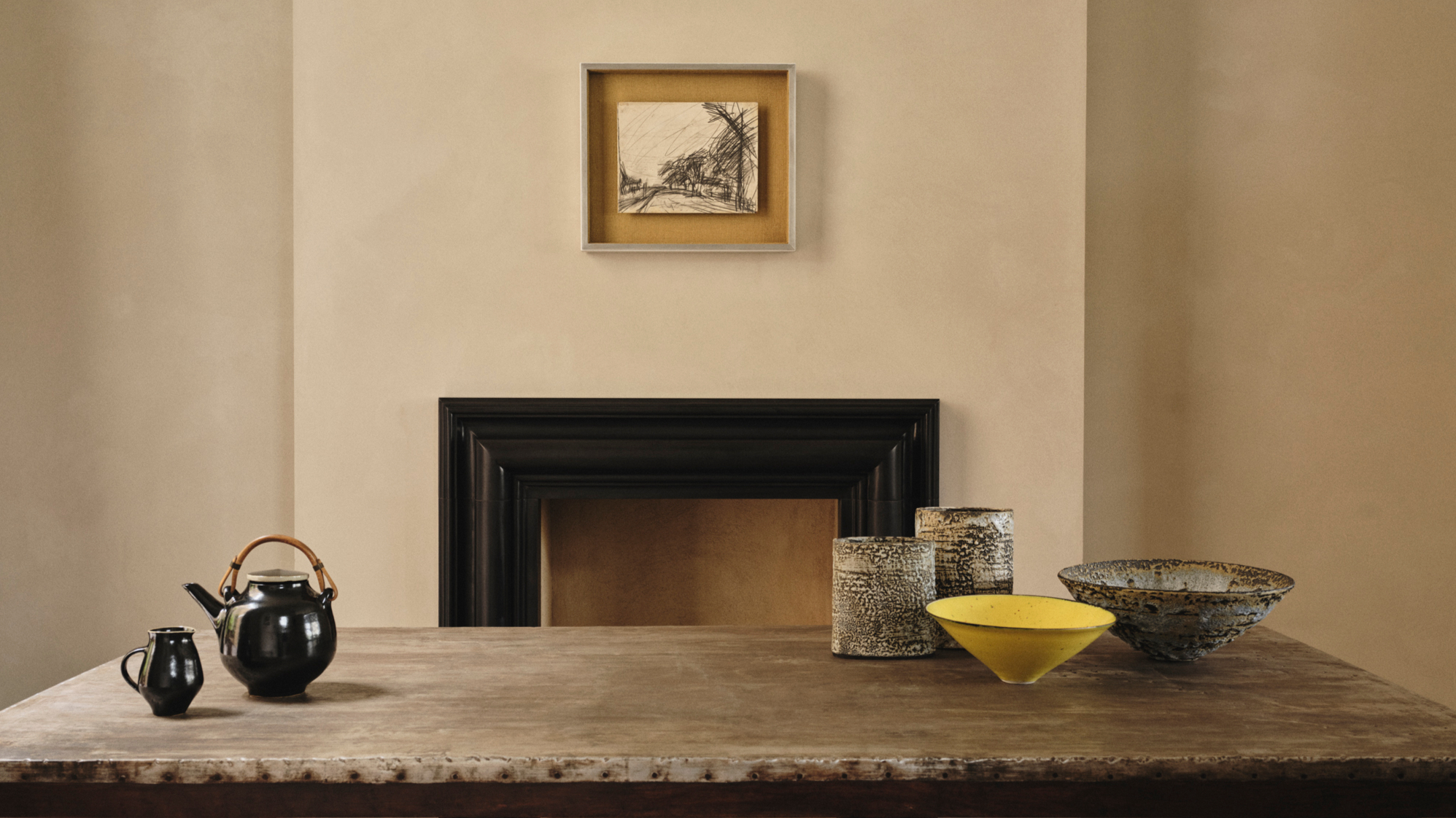 Rajan Bijlani opens his Primrose Hill home for ‘Electric Kiln’
Rajan Bijlani opens his Primrose Hill home for ‘Electric Kiln’In his London home – once the studio of ceramicist Emmanuel Cooper – Rajan Bijlani stages ‘Electric Kiln’, uniting Frank Auerbach, Lucie Rie and Cooper in an intimate reflection on the creative spirit of postwar London
-
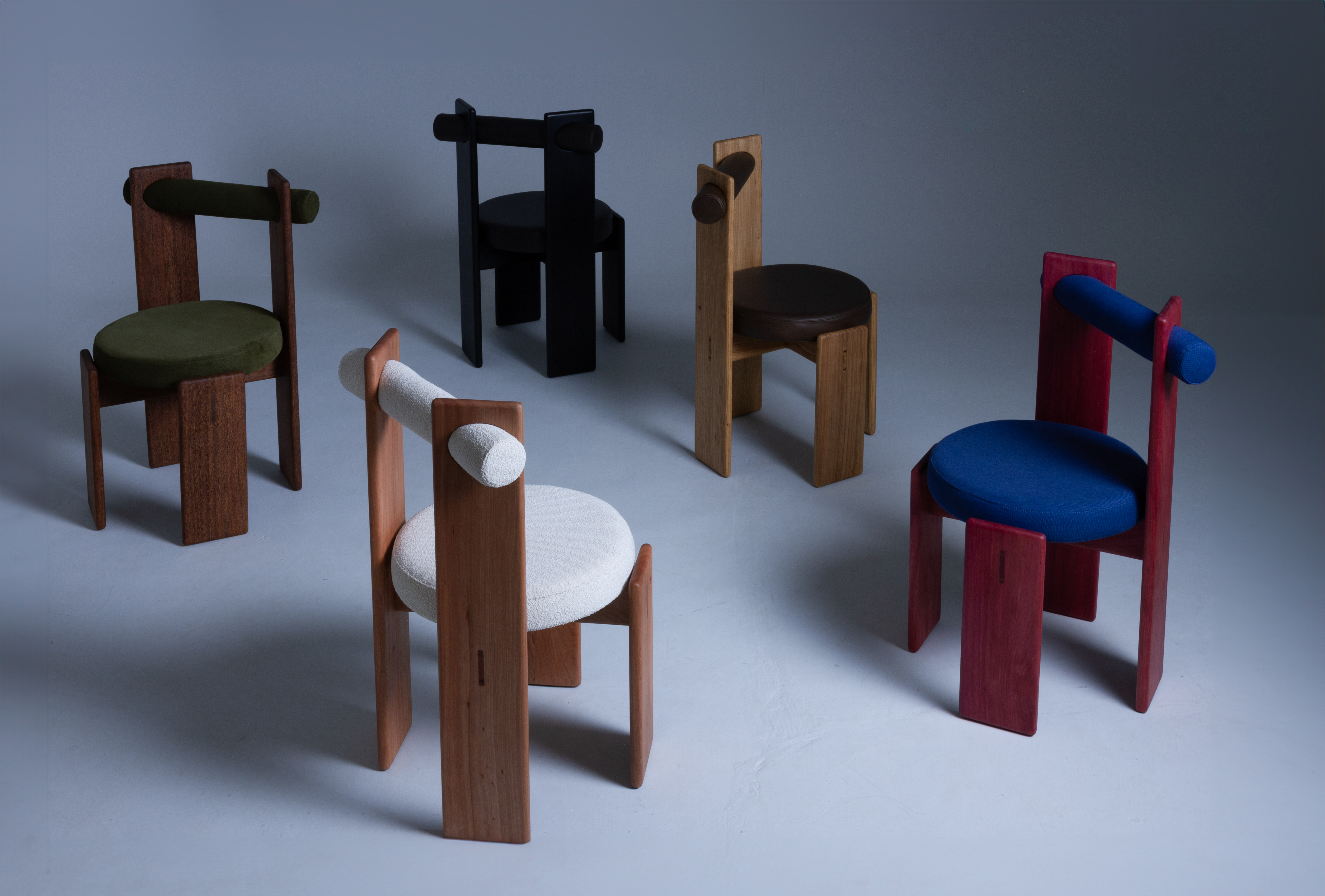 These are the design exhibitions to see in London during Frieze Week
These are the design exhibitions to see in London during Frieze WeekWe round up the best design events happening in London in conjunction with Frieze Week 2025: discover collectible design and craft across the city
-
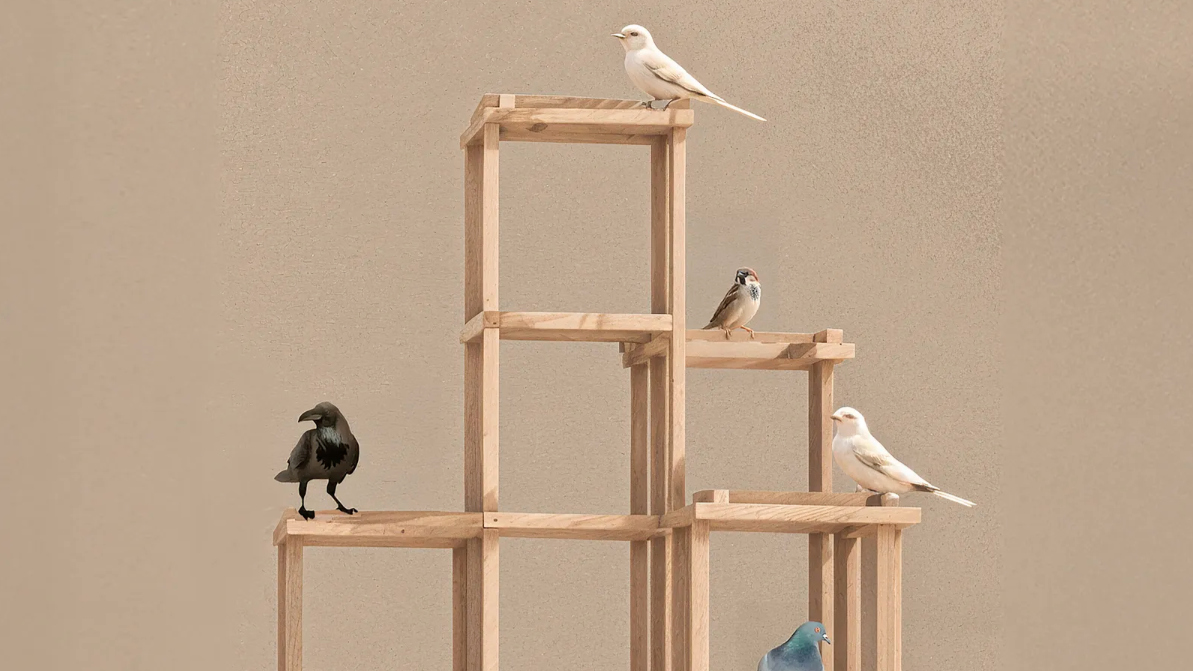 Norman Foster and nine other architects design birdhouses for charity – you can bid
Norman Foster and nine other architects design birdhouses for charity – you can bid‘Architects for the Birds’ is spearheaded by Norman Foster and the Tessa Jowell Foundation to raise funds to improve treatment for brain cancer. Ten architect-designed birdhouses will go up for auction
-
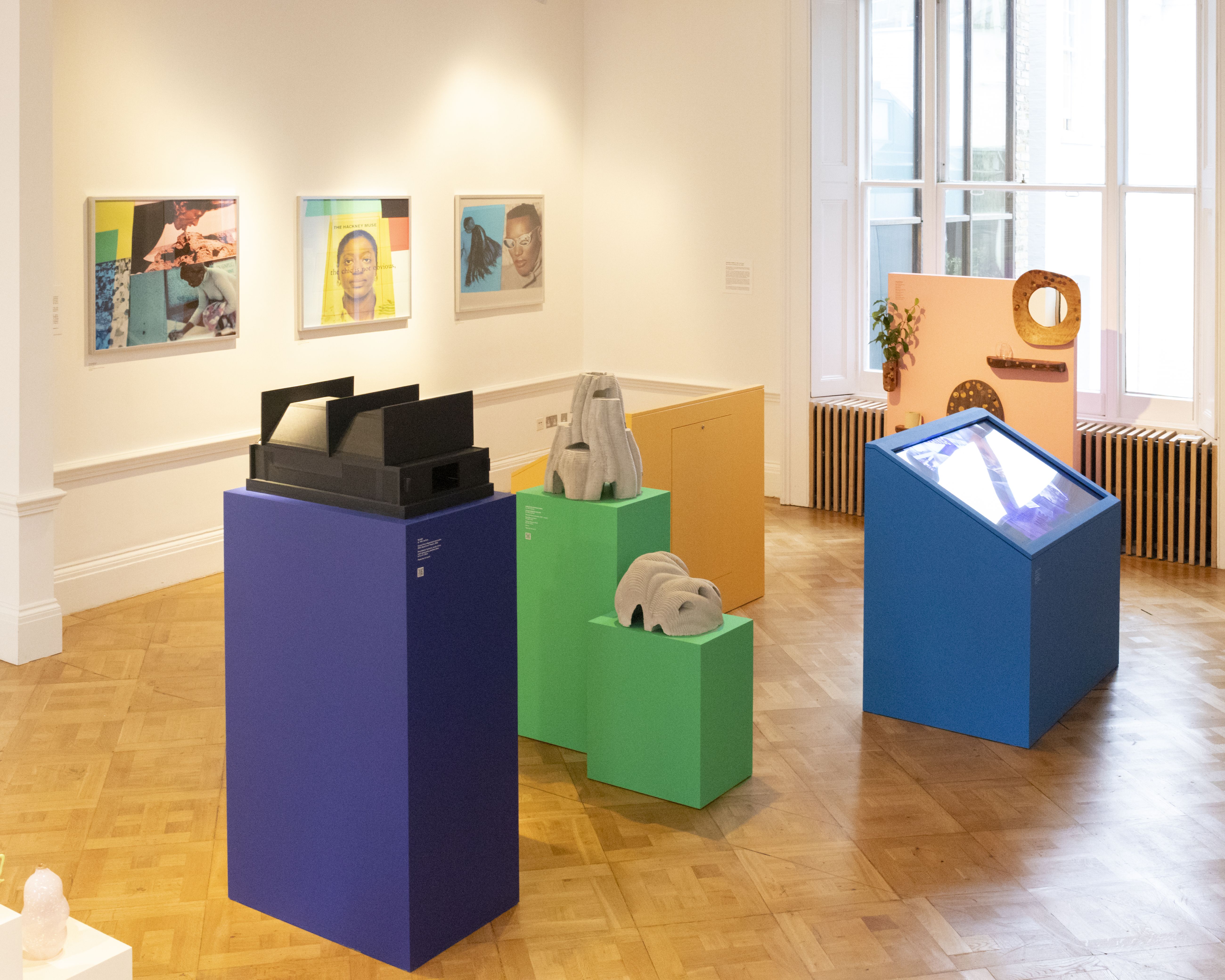 The David Collins Foundation celebrates creativity in all its forms at London Design Festival
The David Collins Foundation celebrates creativity in all its forms at London Design FestivalThe David Collins Foundation presents ‘Convergence’ at the Lavery during London Design Festival 2025 (on view until 19 September), featuring works from the Arts Foundation’s annual Futures Awards
-
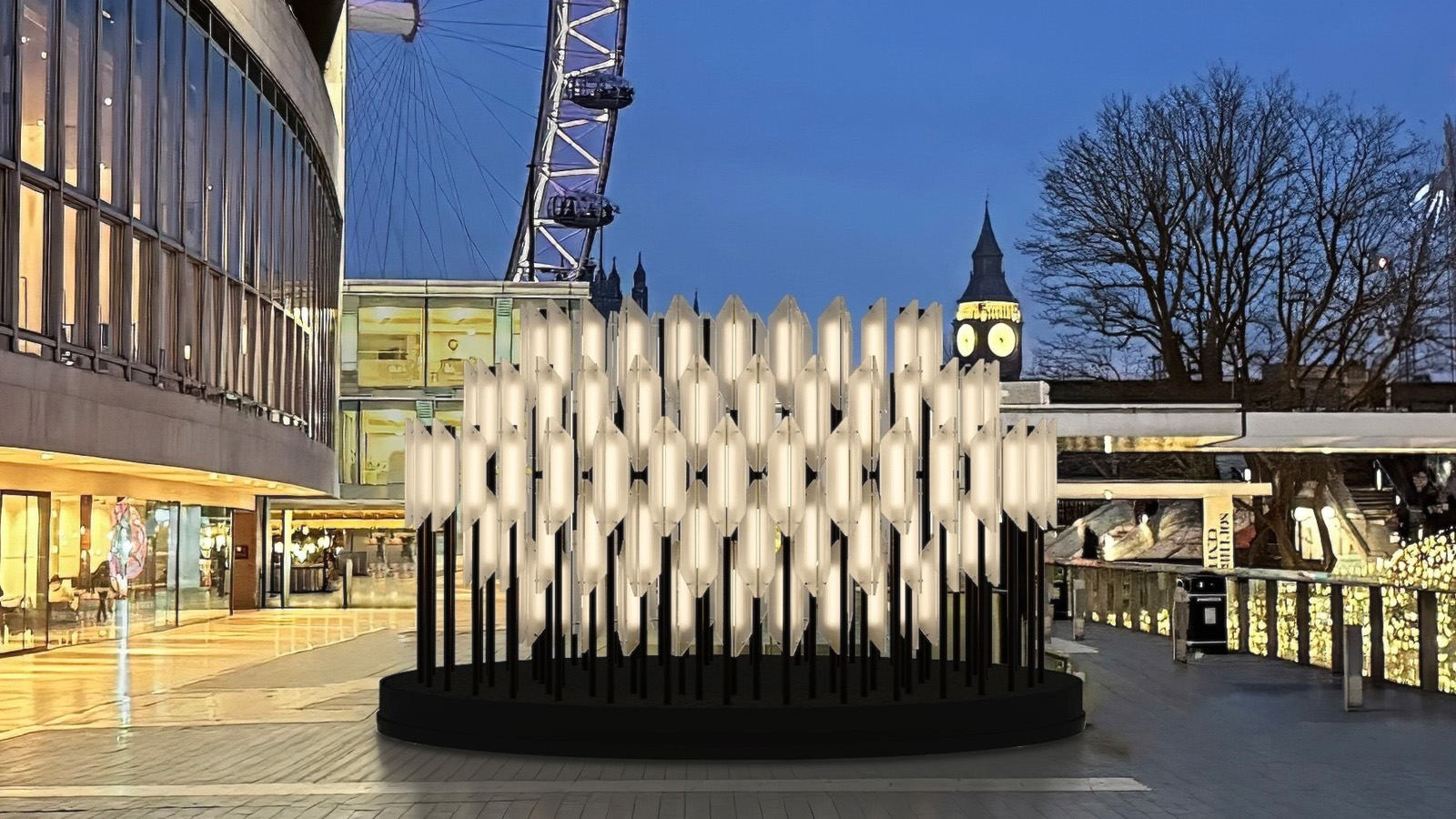 Lee Broom’s brutalist-inspired ‘Beacon’ will light up London as Big Ben strikes the hour
Lee Broom’s brutalist-inspired ‘Beacon’ will light up London as Big Ben strikes the hourSet to pulse through London Design Festival 2025 (13-22 September) and beyond, the British industrial designer’s sculptural light installation on the South Bank draws on its surroundings
-
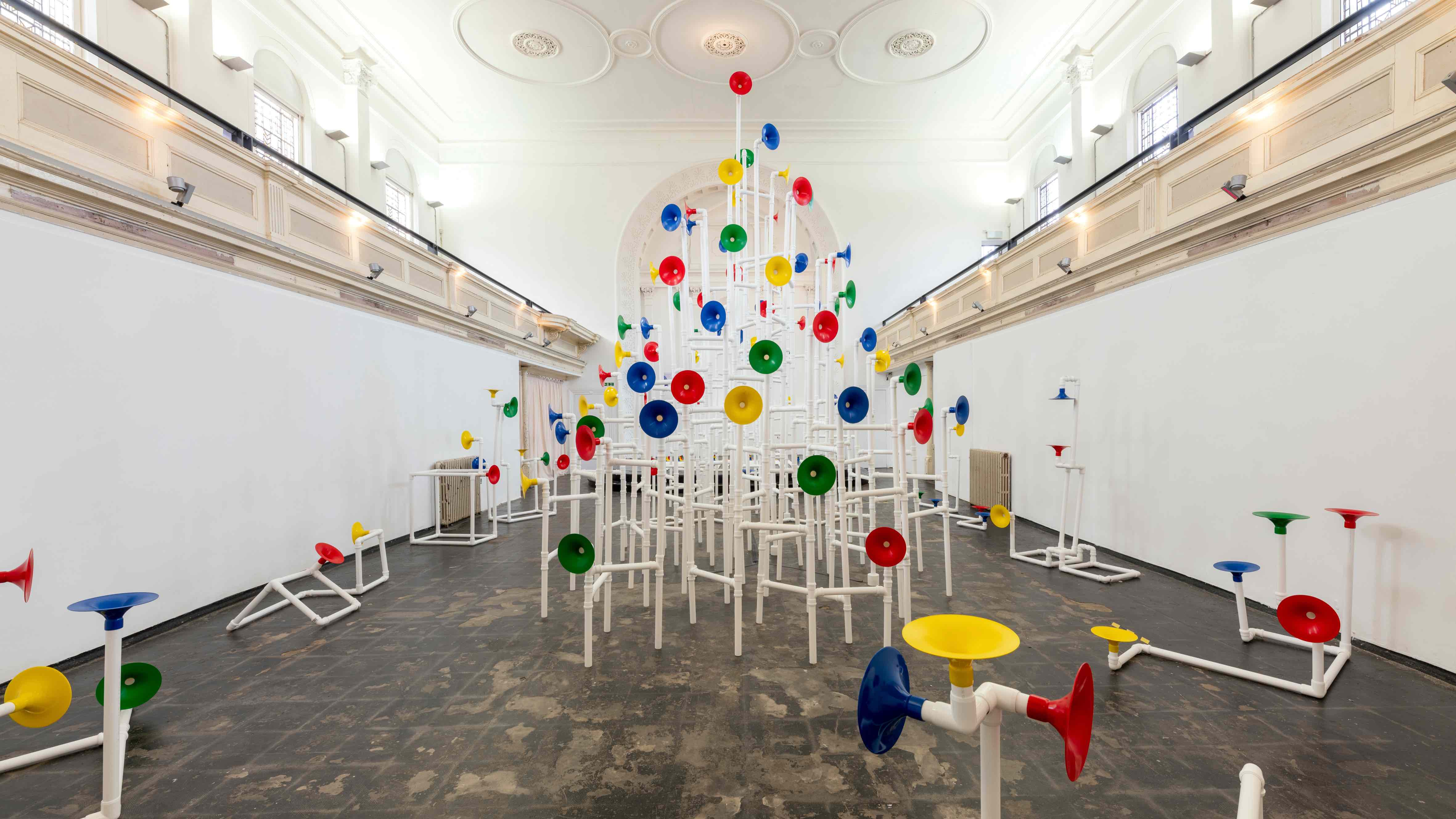 Yuri Suzuki turns sound into architecture at Camden Arts Projects
Yuri Suzuki turns sound into architecture at Camden Arts ProjectsThe sound designer unveils ‘Utooto’, an interactive installation at London’s Camden Arts Projects (until 5 October 2025), in which visitors collaboratively build a sonic piece of architecture
-
 Alex Tieghi-Walker unveils his plans for Brompton Design District 2025
Alex Tieghi-Walker unveils his plans for Brompton Design District 2025Ahead of London Design Festival 2025, we catch up with New York gallerist Alex Tieghi-Walker about his appointment as curator of the Brompton Design District programme